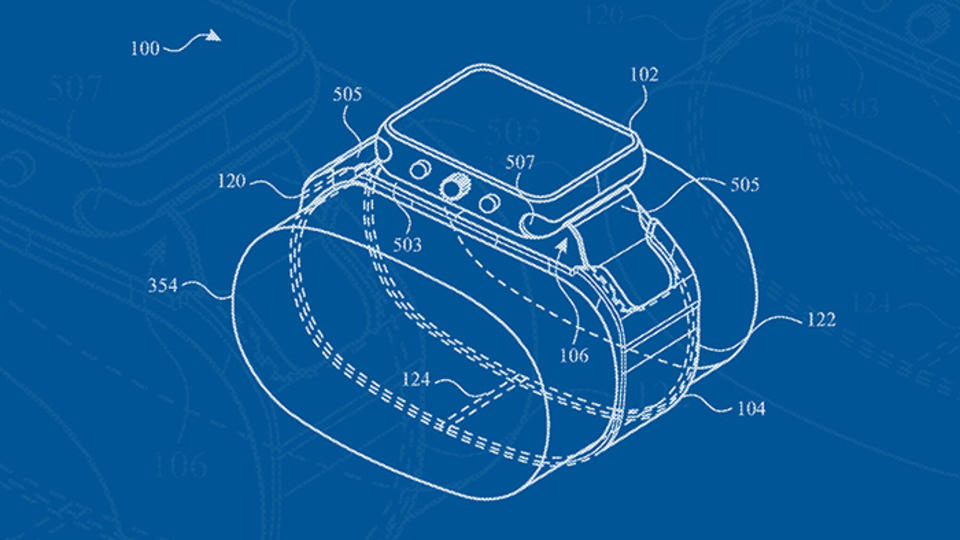
Net Worth
What To Know About Net Neutrality
By Phil Shook
What To Know About Net Neutrality
After months of public debate, the FCC voted on Thursday, December 14, 2017, to repeal Net Neutrality, the Obama-era rule requiring Internet service providers to treat all Internet data equally, and not charge differently based on user, content, website or similar variables. The decision could transform how millions of Americans get their online information and how much they pay for it.
The vote pitted telecom giants like AT&T and Comcast against powerful tech companies like Facebook and Google as well as consumer and Internet activists.
Spearheading the repeal effort were President Donald Trump and Ajit Pai, his appointee to head the FCC, who argued that repeal would spur Internet growth and innovation, and is essential to a free Internet. It’s a case that AT&T has made for more than a decade. “Why should they be allowed to use my pipes?" Ed Whitacre, the company’s former chairman and CEO, argued in 2005. "The Internet can't be free in that sense, because we and the cable companies have made an investment and for a Google or Yahoo or Vonage or anybody to expect to use these pipes free is nuts.”
Repeal opponents, however, argue that ending net neutrality will allow telecoms to levy different rates on different types of Internet communication. It could also make it harder for entrepreneurs to compete with established tech companies, according to critics such as Rice University Engineering School Professor Moshe Vardi, director of the Ken Kennedy Institute for Information Technology.
In the absence of net neutrality, Vardi said, a company like AT&T could decide to raise the price on internet telephony like Skype. “That means that if Moshe Vardi, a Rice professor, wants to launch a service called Vardype, which would compete with Skype, his small company cannot afford the high price demanded by AT&T,” Vardi continued. “So Vardype has to pass the cost to its customers.” Even if Vardype were much better than Skype, Varid said, the inability to draw enough paying customers would force it out of business.
In addition to expecting return on their investment, the telecoms maintain, net neutrality impedes them from investing in new technologies. Repeal critics counter that net neutrality is not merely about “pipes,” or broadband. “If the customer wants a bigger pipe, the customer should have to pay more for it,” Vardi said. “What happens inside that pipe on the Internet highway: That is the business of the customer.”
As of the summer of 2017, a majority of U.S. American consumers appeared to agree. In a national survey of more than 1,000 Americans conducted by Consumer Reports last July, fifty-seven percent of respondents backed net neutrality, 16 percent opposed the rule, and about a quarter had no opinion. A larger majority – 67 percent – said the telecoms shouldn’t be allowed to modify or edit the content that consumers try to access on the Internet.
Meanwhile, economist Hal Singer, an opponent of the original net neutrality rule, warns that simply repealing and depending on courts to protect consumers and competition may not work as intended. Designed to protect consumers and competition, Singer wrote, the legal system is also expensive and slow. “If the net neutrality concern is a loss to edge innovation,” he said, “a slow-paced antitrust court is not the right venue."
Below, some background on how net neutrality works.
What exactly is net neutrality?
Net Neutrality, a term coined by Columbia University media law professor Tim Wu in 2003, is the principle that Internet service providers (ISPs) must treat all data on the Internet the same, without discriminating or charging differently by user, content, website, platform, application, type of attached equipment, or method of communication.
The regulation was an extension of the longstanding concept of a common carrier, originally used to describe the role of telephone systems.
Under net neutrality, the large Internet providers were prevented from requiring customers to pay to get their content delivered more quickly than their rivals, or for throttling other services and websites by block customer access to sites like YouTube or online newspapers.
FCC chairman Pai’s proposal, passed on Thursday, allowed telecom companies to sell customers a basic internet plan that might include only limited access to Google and email. For Facebook and Twitter, for example, a customer may need to pay for a more expensive plan.
The ISPs argued that the common carrier concept, which originally assigned the companies to the same status as utilities, was an outmoded and overly restrictive concept for a modern technology like the Internet.
A little history
The four largest national wireless carriers haven’t always been subject to rules. That changed in 2015. In 2014, former president Barack Obama recommended that the FCC reclassify broadband Internet service as a telecommunications service as a way to preserve net neutrality.
Back then, the FCC received 3.7 million comments supporting the status of the Internet as a telecommunications service. The outpouring of comments pressured the FCC to uphold net neutrality. (This time around, almost 22 million comments have been filed with the U.S. government on the issue although there have been charges that there have been faked submissions in favor of repeal).
In 2015, the FCC ruled in favor of net neutrality. Broadband access was reclassified as a telecommunications service, and Internet service providers had to obey the requirements of common carrier status.
After the Net Neutrality rule took effect later in 2015, United States Telecom Association, an industry trade group, filed a lawsuit against the FCC challenging the rule. A U.S. appeals court upheld the FCC’s Net Neutrality policies by 2-1 the following year.
In 2017, after President Donald Trump took office, his newly appointed FCC commissioner Ajit Pai announced the agency took issue with a ‘utility-style regulatory approach’ to the telecommunication industry’ and would contest the Net Neutrality rule. The agency voted to end the rule in December of 2017.
Down this superhighway before
The big telecoms have violated net neutrality in the past. In 2007, Comcast was caught secretly throttling, or slowing, uploads from peer-to-peer file sharing (P2P) applications. The company continued blocking these applications such as BitTorrent, until the FCC ordered them to stop. AT&T was caught limiting access to FaceTime, so only users who paid for its new shared data plans could access the application. And in July, 2017, Verizon Wireless was accused of throttling after users noticed that videos played on Netflix and YouTube were slower than usual. Verizon said it was conducting “network testing” and that net neutrality rules permit “reasonable network management practices.”
Taking sides
Heavyweights in technology and business have lined up on both sides of the issue.
Supporting repeal of Net Neutrality were such luminaries as Bob Kahn, inventor of TCP/IP, the fundamental communication protocols at the heart of the Internet; Prize-winning economist Gary Becker, the co-founder of Netscape; Marc Andreessen, co-author of Mosaic web browser; Peter Thiel, co-founder and former CEO of PayPal, and Nicholas Negroponte, an architect and founder of the MIT Media Lab.
Among the industry stars and web pioneers supporting Net Neutrality were Tim Berners-Lee, an Oxford University professor and inventor of the World Wide Web; Steve Wozniak, co-founder of Apple Inc., and Vinton Cerf, a Web pioneer who is recognized as ‘the father of Internet.’
Now what?
Even after the December 2017 vote, supporters and detractors of Net Neutrality generally agree on one thing: The decision by FCC commissioner Pai is not likely to be the final word. Lawsuits were already underway within the same week to challenge the FCC’s actions, and the political winds could shift again.
Never Miss A Story


